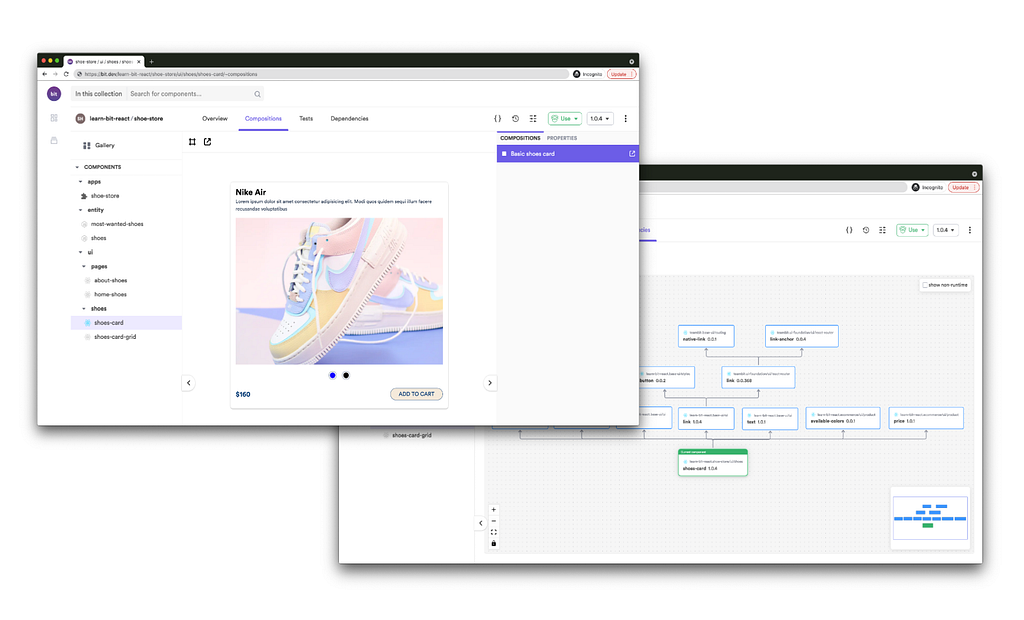This content originally appeared on Bits and Pieces - Medium and was authored by Nivetha Krishnan
React 18 introduces ‘Automatic Batching’ to boost performance

What is Batching?
Batching occurs in React when it groups multiple state updates into a single re-render for better performance.
For example, if you have two state updates — for example, setCount and setFlag — in the same click event handler, React will render this component only once. See the below example for an instance of when this would occur:
const App = () => {
const [count, setCount] = useState(0);
const [flag, setFlag] = useState(false); const handleClick = () => {
setCount(count + 1);
setFlag(!flag);
};return (
<div>
<button onClick={handleClick}>Click here!</button>
<h1>{count}</h1>
<h1>{`${flag}`}</h1>
</div>
);
};
Earlier versions of React batched multiple state updates only inside React-specific event handlers such as onClick or onChange.
However, batching is not applied to cases like promises, setTimeout, native event handlers, and so on by default.
Automatic Batching
Starting from React 18, there is a new root API called createRoot which allows you to use all the concurrent features of React 18.
Enabling createRoot
Once you’ve upgraded to React v18, you can make use of createRoot by finding the file in our project that has the following code (usually index.js):
const rootNode = document.getElementById('root')
ReactDOM.render(<App />, rootNode)// or if you're using v16 it might be...
ReactDOM.render(<App />, document.getElementById("root"));And changing it to:
ReactDOM.createRoot(rootNode).render(<App />);
Note: Automatic Batching works only with createRoot.
React 18 will batch updates automatically, no matter where the updates happen.
Let’s jump into an example to understand different use cases of batching:
In setTimeout
const handleClick = () => {
setTimeout(() => {
setCount(count + 1);
setFlag(!flag);
}, 1000);
};Fetch call
const handleClick = () => {
fetch("URL").then(() => {
setCount(count + 1);
setFlag(!flag);
});
};Native event handlers
const el = document.getElementById("button");
el.addEventListener("click", () => {
setCount(count + 1);
setFlag(!flag);
});In each of the above cases, both state update calls will be batched by React at once. This avoids re-rendering components with a partially updated state in any event.
In some cases, where we do not wish to batch state, we can use flushSync API from react-dom. These are useful when one updated state is required before updating another state.
import { flushSync } from 'react-dom';
function handleClick() {
flushSync(() => {
setCounter(c => c + 1);
});
// React has updated the DOM by now
flushSync(() => {
setFlag(f => !f);
});
// React has updated the DOM by now
}Conclusion
Avoiding re-renders is one of the biggest challenges in React. Hence, automatic batching is one such best feature to use in our application.
Write scaleable, modular components with Bit
Instead of building monolithic apps, build independent components first and compose them into features and applications. It makes development faster and helps teams build more consistent and scalable applications.
Bit offers a great developer experience for building independent components and composing applications. Many teams start by building their Design Systems or Micro Frontends, through independent components.
Give it a try →

Learn more
- Building a React Component Library — The Right Way
- Microservices are Dead — Long Live Miniservices
- 7 Tools for Faster Frontend Development in 2022
Avoid React Re-Renders with Automatic Batching was originally published in Bits and Pieces on Medium, where people are continuing the conversation by highlighting and responding to this story.
This content originally appeared on Bits and Pieces - Medium and was authored by Nivetha Krishnan
Nivetha Krishnan | Sciencx (2022-01-05T19:06:34+00:00) Avoid React Re-Renders with Automatic Batching. Retrieved from https://www.scien.cx/2022/01/05/avoid-react-re-renders-with-automatic-batching/
Please log in to upload a file.
There are no updates yet.
Click the Upload button above to add an update.
